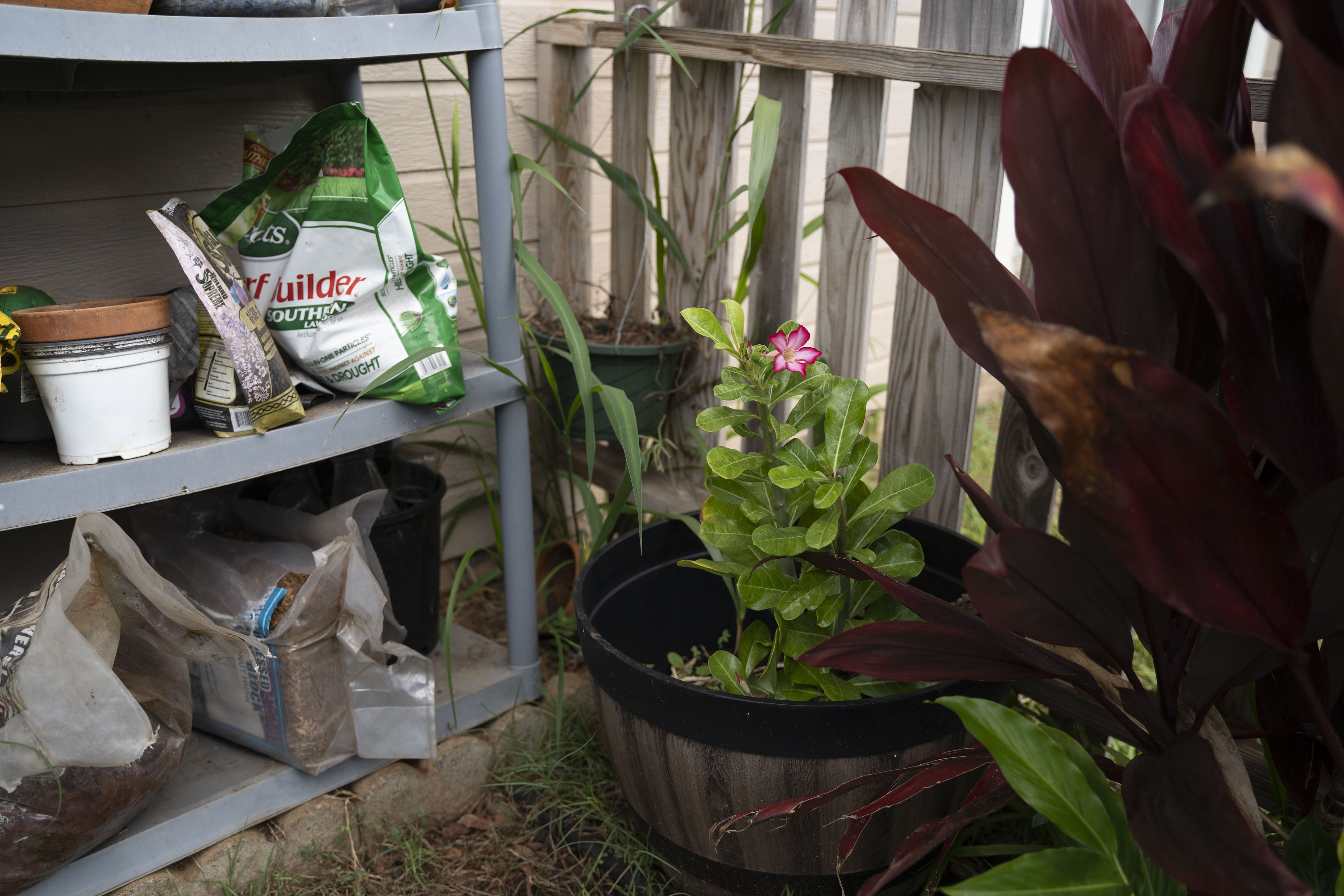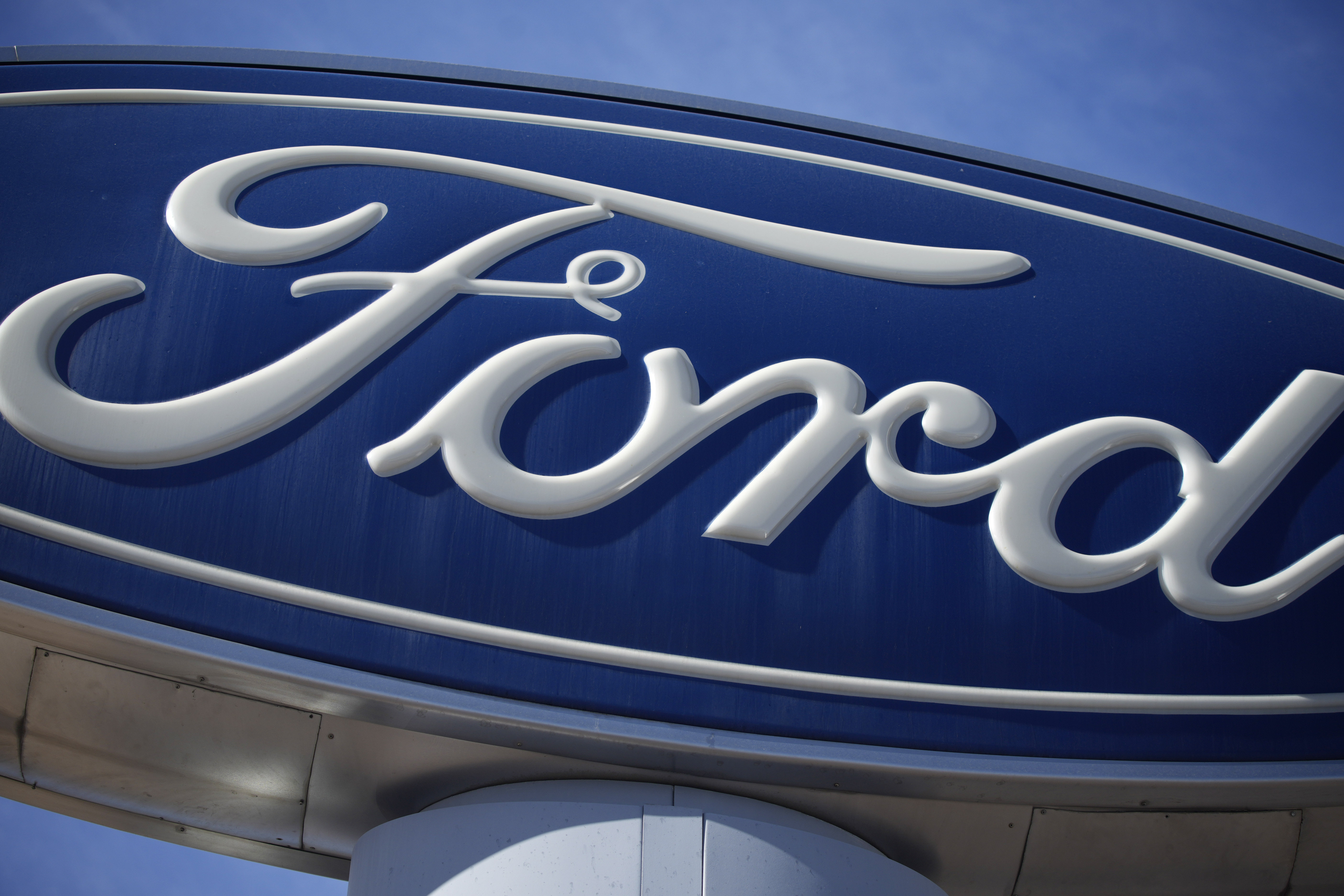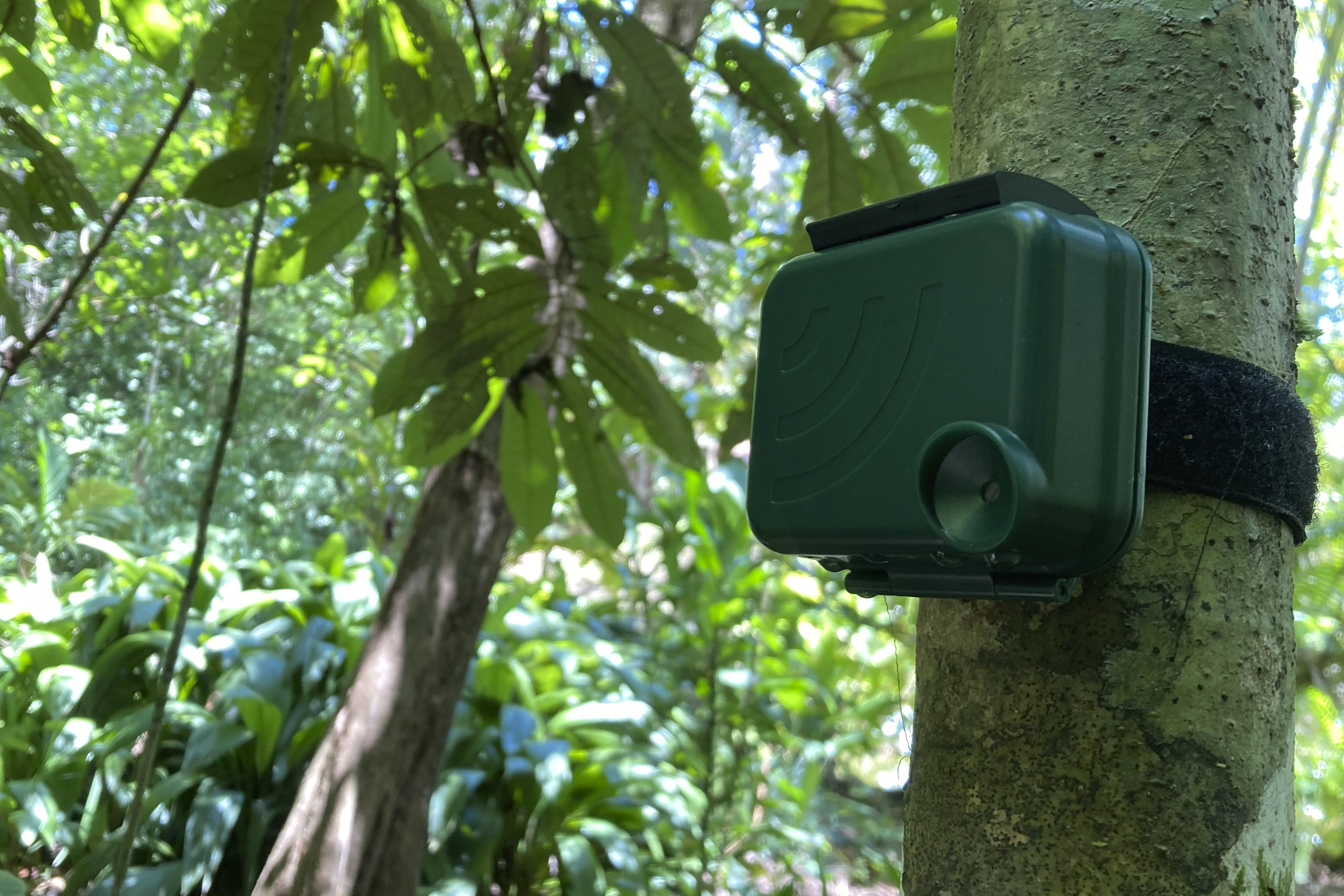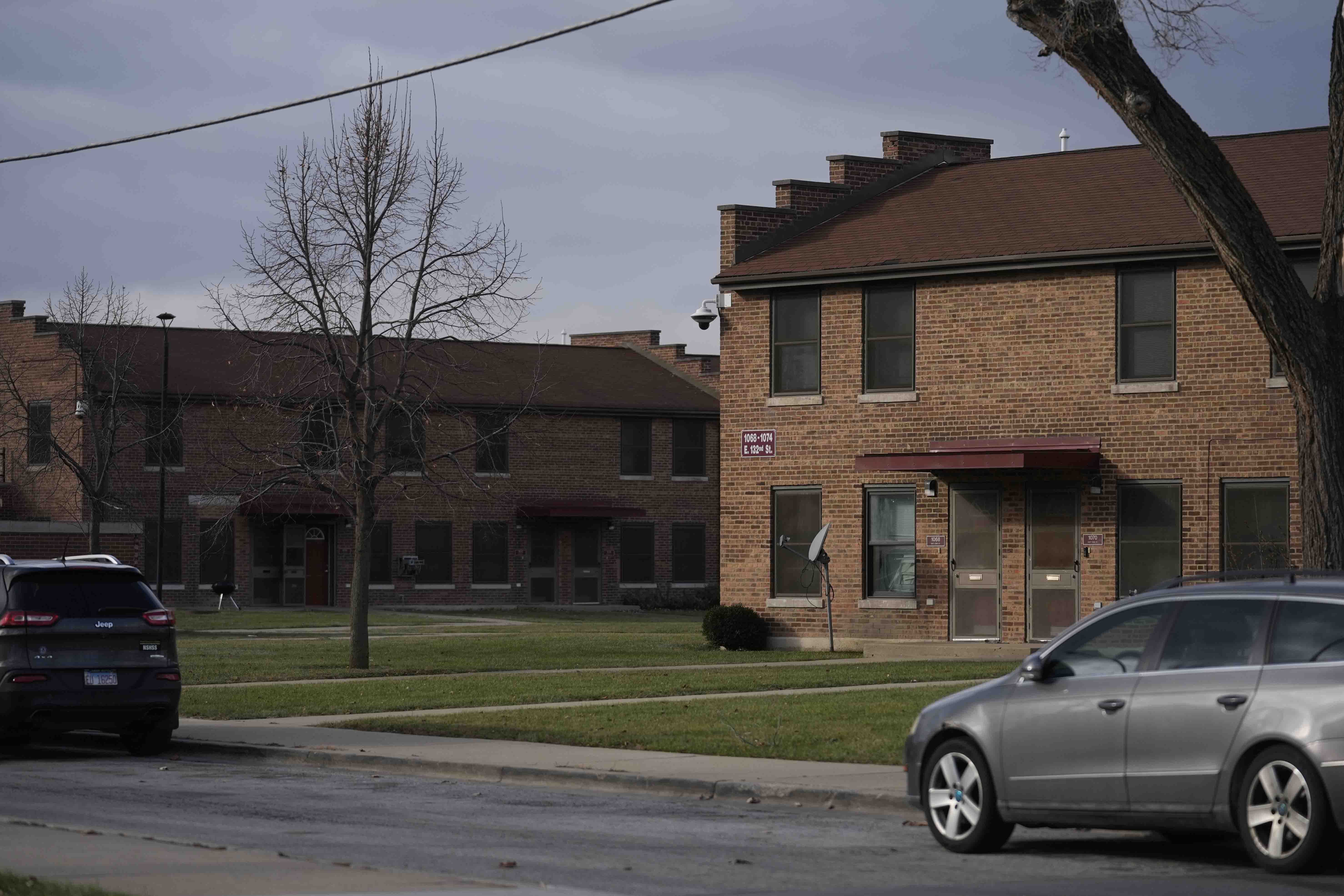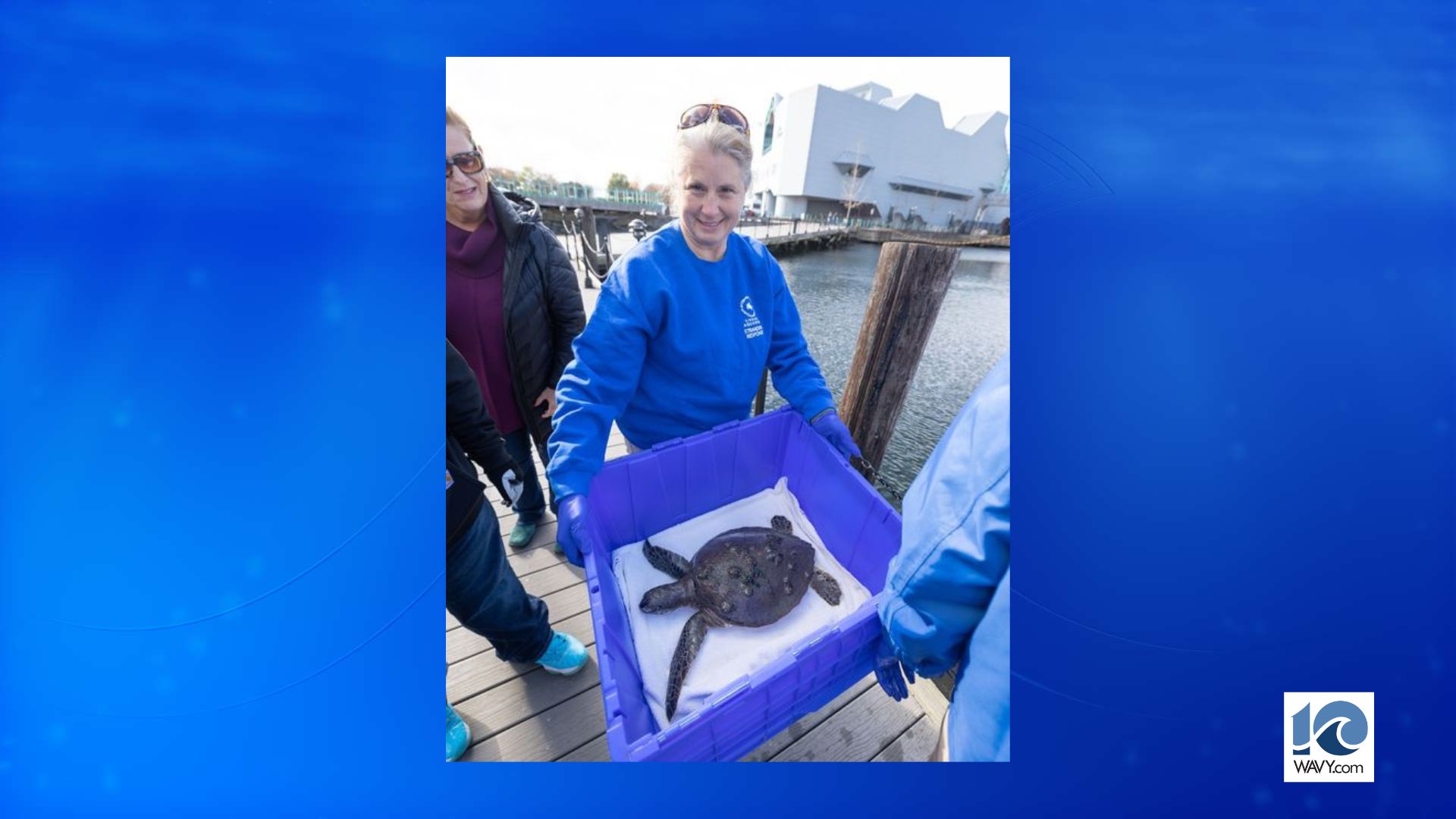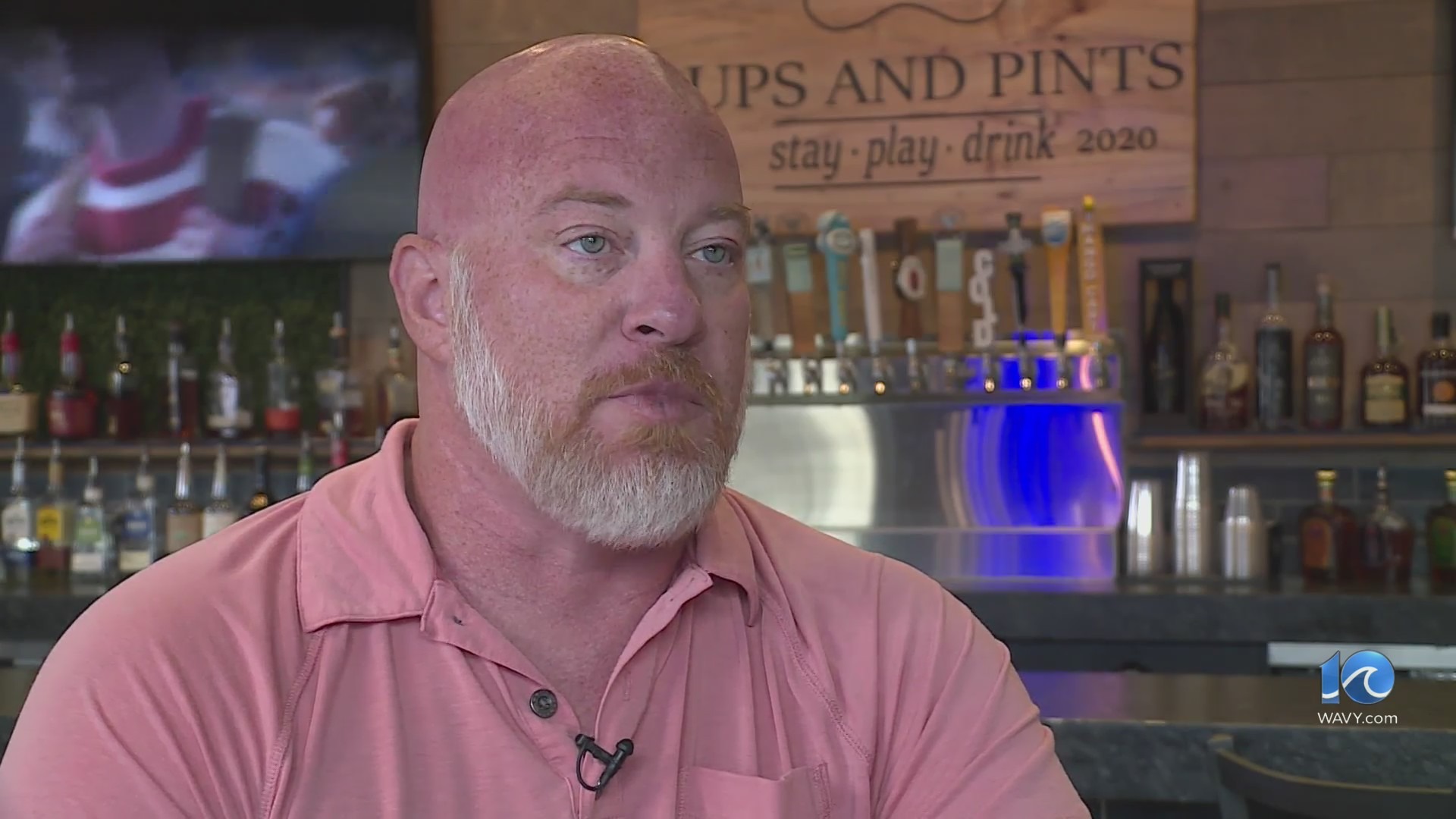HAMPTON, Va. (WAVY) — The man in charge of NASA Langley Research Center is making history in his new role.
No longer hidden at NASA’s oldest facility is the part played by African Americans in contributing to an incredible journey that continues to shoot far beyond the moon.
Clayton Turner says you can’t change or ignore the facts of the past. After all, they inspired a widely-viewed and celebrated major motion picture based on the effects of discrimination and segregation. But as the facility’s first African American director, he’s just hoping when someone’s looking back on the next 60 years, it will be much different than the first 60 years.
The human computers introduced to the world through the book and movie “Hidden Figures” are now memorialized on the walls. And now you’ll find state of the art machines out of public view that have the capacity to process even the most problematic calculations. Today the Katherine Johnsons, Mary Jacksons, Dorothy Vaughns and more are the foundation on which an empire has been built.
“We built this complex facility with all of the latest computer technology in there to do something they did with a mechanical adding machine,” said Turner. “That’s pretty amazing.”
Time has led us to a day when across the street and down a hall of this facility’s illustrious leaders you’ll find that the early perseverance of those whose names were for so long unknown lead to an increasing appreciation for diversity with the first woman to direct the facility’s picture hanging on the wall. It all paved the way for the first black man to take charge.
“When somebody comes and sees the pictures in the future, you’ll see a reflection of America,” said Turner.
10 On Your Side’s Anita Blanton had the opportunity to sit down with Clayton Turner who freely shares that he failed geometry in grade school and still went on to become an electrical engineer on his journey to NASA Langley. He says NASA never crossed his mind early in life so he spends a great deal of his time now in the community demystifying their work that’s literally out of this world.
“I want to celebrate yes the first African American to sit in this seat, but I don’t want it to be an oddity or rarity,” said Turner. “The first is a great thing and we celebrate it but it shouldn’t be the last.”
Even when coaching on a football field, he’s slipping in a little more context to the angles a young player needs to cut to reach the end zone with time left on the clock. It’s about expanding their imaginations.
“To be able to mix that into the conversation, it’s amazing to see how much it sticks in that manner,” said Turner. “I talked to a three year old class about gravity, aerothermodynamics, and coding because there are actually believe it or not books for three year old’s on those topics and they get it. I have the opportunity to make that connection to that next generation that will see themselves here.”
His very presence shows them they too could someday be among the creative geniuses at NASA Langley figuring out ways for humans to live and work in outer space.
“What they talk about is when we launch rockets and when we build widgets and the technology,” said Turner. “But a big part of our role is inspiration. To serve the nation best, we need all of the minds in the nation. We need to reach out everywhere we can to bring those people to help us do this amazing job.”
He says the more diverse the room of innovators developing the latest technology for the next mission becomes the more everyone can feel inspired to join in. He wants NASA Langley to be a pilot in transforming how the agency functions as a whole.
NASA’s workforce is about 10% African American with just a handful of other black center directors or deputies. But the opportunity is there.
Click here for more information about what NASA has to offer you.




